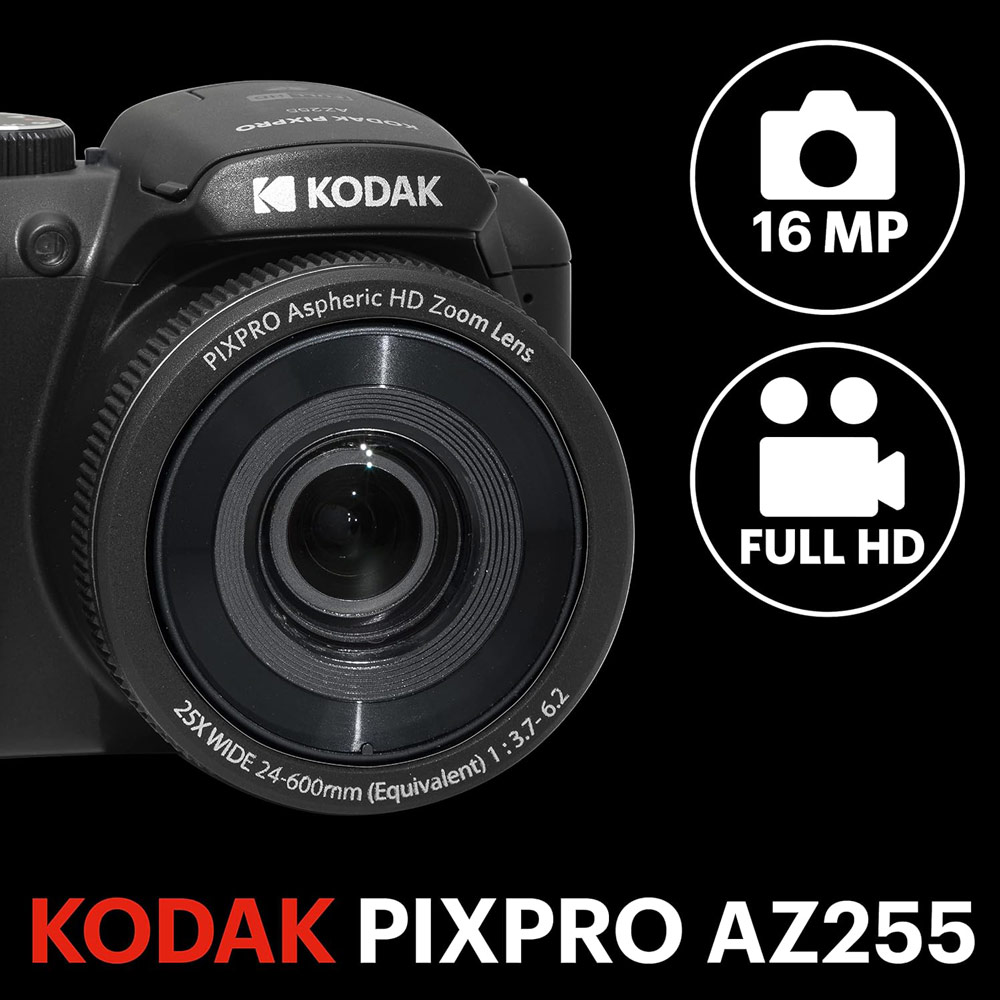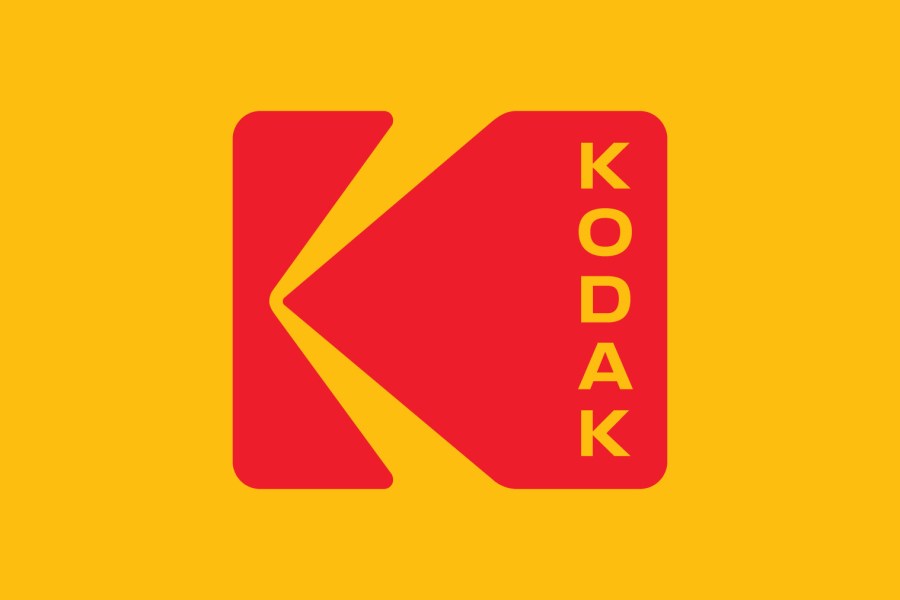Kodak, a name synonymous with popular photography and mass-market cameras in the 20th century, is warning investors that it might not be able to continue as a going concern.
It’s already shaping up as a bad week for Kodak, with the storied company’s share price plunging nearly 25% during trading in New York. The share-price tumble came after it issued an earnings report that bleakly stated the company lacks the “committed financing or available liquidity” to pay its debts, which amount to an eye-watering $500 million.
‘These conditions raise substantial doubt about the company’s ability to continue as a going concern,’ Kodak warned investors.
Kodak: not dead yet
So does this mean that Kodak is about to bite the dust? Not necessarily. The plan is to use funds which will become available after it stops paying into a pension plan to reduce the debt mountain, and the company said it expected to be able to complete the ‘funds reversion’ by December. Kodak plans to focus on reducing costs and converting investments into long-term growth for the rest of this year.
‘In the second quarter, Kodak continued to make progress against our long-term plan despite the challenges of an uncertain business environment,’ CEO Jim Continenza said in the earnings report.
Staying on a more positive note, Kodak also said it would not be unduly affected by US trade tariffs, as most of its film and printer inks are made stateside.
It’s important to note here that the current range of Kodak PixPro digital compacts are manufactured and sold by JK Imaging Ltd., a separate company that licenses the Kodak brand. They remain a popular budget choice, particularly in Japan

Kodak: a camera industry soap opera
- The Eastman Kodak company was started by George Eastman and Henry Strong in 1881. It began as an innovative manufacturer of photographic plates.
- By 1888, the company was becoming a household name in the US after releasing its first ‘box’ cameras – bringing photography to the masses all over the world.
- Kodak – a name pulled from thin air by Eastman as he liked the sound of the letter K – went on to dominate camera and film production in the USA, having also successfully moved into movie-film manufacture and development for both amateurs and pros. Kodak won nine Oscars – more than any other non-studio company – for its technical contributions to the movie industry.
- The peak of the company’s success came in the 1970s; fun fact: Paul Simon topped the hit parade in 1973 with his song ‘Kodachrome.’
- Despite introducing the first digital camera in 1975, Kodak missed the boat when it came to the digital revolution and its belated attempts to catch up with nimbler rivals came to nought. In 2012 it filed for bankruptcy, with debts totalling $6.75 billion.
- Things started to look up in 2020 when President Trump announced it would get a $765 million loan to help it move into the pharmaceutical industry, thereby reducing US dependency on foreign drug makers. The consequent share-price surge nearly broke the New York Stock Exchange, but trading since then has remained challenging.







